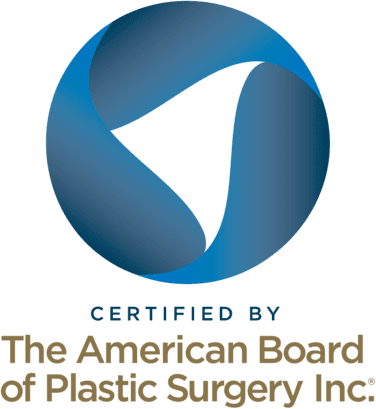A scrotectomy is the removal of the skin that makes up the scrotal sack. We do not recommend this procedure for patients who are interested in a vaginoplasty because it throws away skin that can be used to construct the vagina and/or vulva. Read more here.
An orchiectomy is the removal of the testicles. This procedure is one of the quickest and easiest to recover from. It is usually required to undergo a vaginoplasty and can be done at least 8 weeks before or during said procedure. Likewise, patients can get an orchiectomy without undergoing a vaginoplasty to simplify their hormonal regimen; removing the testicles allows someone to get off testosterone blockers and take less estrogen, possibly preventing certain health complications. Read more here.
Any surgery that involves the removal of reproductive organs has the potential to effectively be a sterilization procedure. We encourage patients to read about and consider their options around fertility preservation if they are interested in the possibility of having biological children.
Some patients request that their nipples and areolas be removed from their chest during top surgery. The option to have no nipples is common in patients who wish to have a chest without them or who would prefer to have 3D, hyper realistic nipples tattooed onto their chest to avoid dealing with the recovery protocols and potential complications associated with nipple grafting.
Nipple grafting is the most commonly selected option for top surgery patients. Grafting gives the surgeon the most control over repositioning and resizing the patient’s areolas and/or nipples. Likewise, this option is ideal for patients who wish to maximize chest flatness. However, grafting often results in patients losing heightened, erotic nipple sensation. Thanks to our surgeon’s high levels of experience, 98% of GCC’s nipple grafting is successful, meaning the grafted nipple survives the recovery process. This usually results in the nipple having the same level of sensation of the surrounding skin.
Nipple sparing involves keeping the original nipple in-tact and attached to the pedicle: its original blood and nerve supply. This option has the highest probability of preserving heightened or erotic nipple sensation, though it often means complete chest flatness cannot be achieved. Read more about pedicle preservation in breast reductions here.
Though there is sparse medical research on the subject, many people who have been on testosterone hormone replacement therapy (HRT) and/or have had top surgery can still carry a pregnancy to term. There is evidence to suggest that some top surgery patients may experience mammary tissue growth during pregnancy. For more information about chestfeeding, HRT, top surgery and pregnancy, click here. For more specific questions, we recommend speaking with a trans or gender-competent medical provider. In the video below, Dr. Jacobs (he/him) addresses the unlikelihood that patients will be able to chest-feed after top surgery. Still, he mentions, there is a chance that the infant can bond with their parent’s chest even if …
Patients who previously used a chest binder and/or have had nipple piercings are still eligible for top surgery. The effects of chest binding on top surgery results are minimal at best. Still, long-term binding may affect skin elasticity. Please inform your surgeon if you had nipple piercings in the past. Any chest piercings will need to be removed prior to the operation. You can find more information on chest binding here, and our guidelines around nipple piercings here.
The risk that a top surgery patient has of acquiring breast cancer after surgery is largely dependent on how much tissue is removed along with their previous medical and family history. Read more about risk evaluation and best practices for breast cancer detection before and after surgery here.
We offer many types of incisions and nipple reconstruction options that involve different levels of risk of sensation loss. Learn more about how top surgery can affect nipple sensitivity as well as the pain or soreness in mammary tissue caused by premenstrual syndrome here.
Request a Free Surgical Consultation Today.
All virtual and in-person consultations with our board-certified surgeons are free. Once you fill out this form, our patient care team will reach out and guide you through every step to get to surgery.




